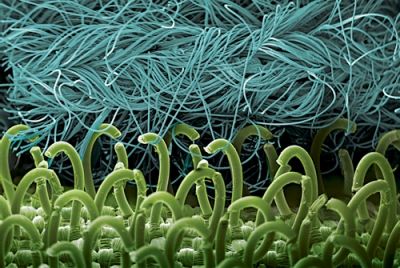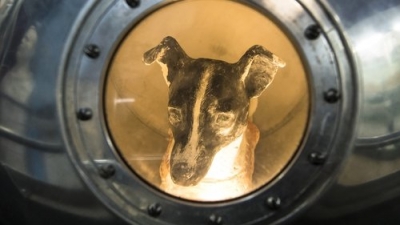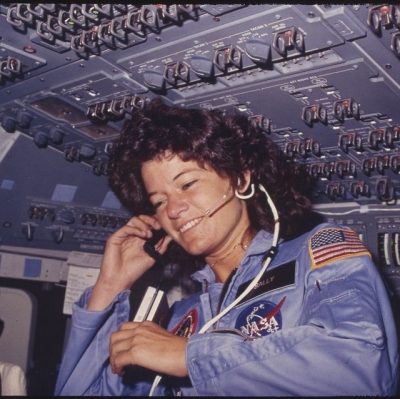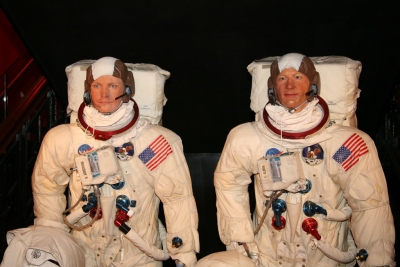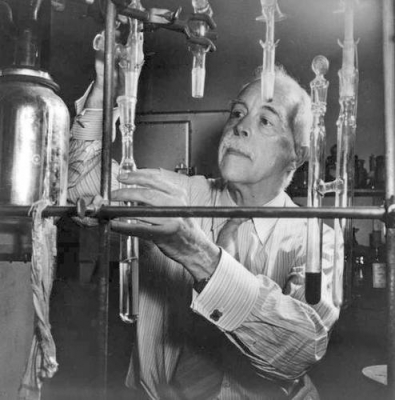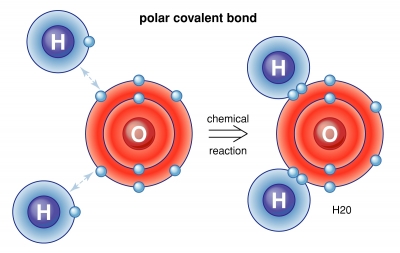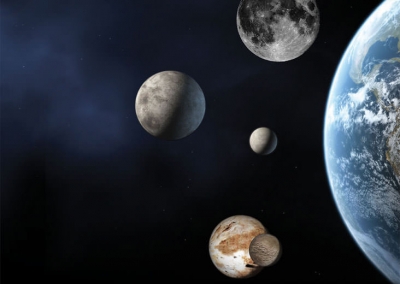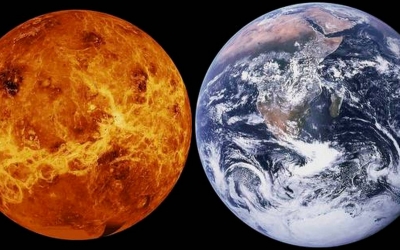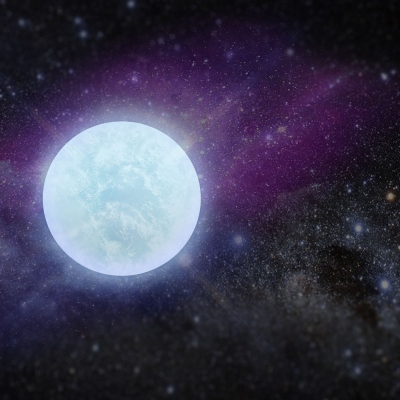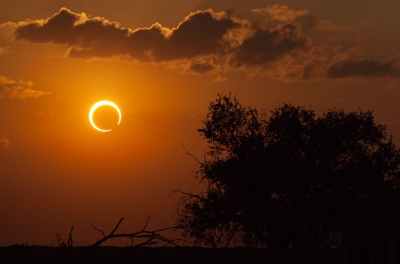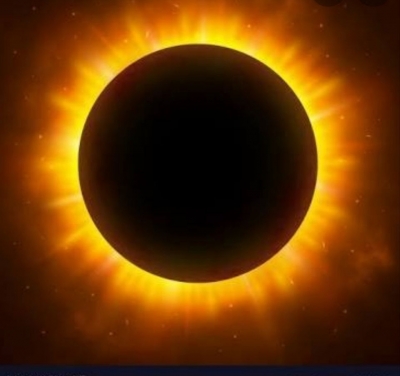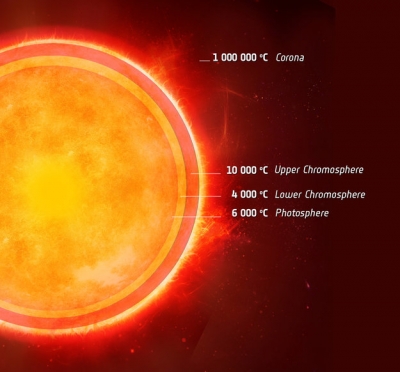
Yuri Gagarin was the first person to fly in space. His flight, on April 12, 1961, lasted 108 minutes as he circled the Earth for a little more than one orbit in the Soviet Union's Vostok spacecraft. Following the flight, Gagarin became a cultural hero in the Soviet Union. Even today, more than six decades after the historic flight, Gagarin is widely celebrated in Russian space museums, with numerous artifacts, busts and statues displayed in his honor. His remains are buried at the Kremlin in Moscow, and part of his spacecraft is on display at the RKK Energiya museum.
More than 200 Russian Air Force fighter pilots were selected as cosmonaut candidates. Such pilots were considered optimal because they had exposure to the forces of acceleration and the ejection process, as well as experience with high-stress situations. Gagarin, a 27-year-old senior lieutenant at the time, was among the pilots selected.
On April 12, 1961, at 9:07 a.m. Moscow time, the Vostok 1 spacecraft blasted off from the Soviets' launch site. Because no one was certain how weightlessness would affect a pilot, the spherical capsule had little in the way of onboard controls; the work was done either automatically or from the ground. If an emergency arose, Gagarin was supposed to receive an override code that would allow him to take manual control, but Sergei Korolev, chief designer of the Soviet space program, disregarded protocol and gave the code to the pilot prior to the flight.
Over the course of 108 minutes, Vostok 1 traveled around the Earth once, reaching a maximum height of 203 miles (327 kilometers). The spacecraft carried 10 days' worth of provisions in case the engines failed and Gagarin was required to wait for the orbit to naturally decay. But the supplies were unnecessary. Gagarin re-entered Earth's atmosphere, managing to maintain consciousness as he experienced forces up to eight times the pull of gravity during his descent.
Vostok 1 had no engines to slow its re-entry and no way to land safely. About 4 miles (7 km) up, Gagarin ejected from the spacecraft and parachuted to Earth. In order for the mission to be counted as an official spaceflight, the Fédération Aéronautique Internationale (FAI), the governing body for aerospace records, had determined that the pilot must land with the spacecraft. Soviet leaders indicated that Gagarin had touched down with the Vostok 1, and they did not reveal that he had ejected until 1971. Regardless, Gagarin still set the record as the first person to leave Earth's orbit and travel into space.
Picture Credit : Google

